REVIEW: Umbraclaw Hedges Its Bets
Catcom presents
Sometimes you need to take risks to get where you want in life. In Umbraclaw, you need to take risks to live at all. The game follows the recently deceased cat, Kuon, who is traversing the afterlife on a journey back to her owner in the land of the living. Getting there intact requires some gambling. You need to gamble on your skill, your navigational choices, and some randomly assigned bonuses. Umbraclaw bets on both hardcore-focused game design elements that up the tension and more casual-focused ones that aim to game the game approachable for anyone. These varied gambles create a compelling action-focused platformer unlike any other, yet I found that these hedged bets risk dulling the game’s full potential.
Perhaps the strangest risk that Umbraclaw takes is that it’s not quite what it appears to be at first glance. Minutes into starting the game, you’ll find yourself in the middle of an open map with paths leading into four different directions. Clearly this is one of those “Metroid Manias” you’ve heard so much about, right? Not quite.
Umbraclaw most closely resembles a straightforward, stage-clear style action game at heart. Each path only initially branch into different areas, leading into individual stages that are laid out into relatively linear jaunts to an end boss. Areas don’t interconnect and no backtracking is required. The open map functions more like a glorified stage select. In fact, the second half of the game foregoes the open map entirely for a more traditional stage select structure.
I bring this up because we’re living in an era of games that have conditioned us to expect games that fit neatly into a specific structure, and Umbraclaw clearly deviates into one that betters fits the kind of game it wants to be. Rather than being an exploration-focused game, this is more of a survival-focused one. I realize that you can technically describe just about every game that way, so please give me the next paragraph or two to come across like slightly less of a hack.
Kuon’s plight places special emphasis on the act of survival, and the game’s structure reflects that. Put simply, Kuon needs to survive to revive. She has 9 lives to make it to the end of the game (depending on the difficulty level you pick, more on that later). Further raising the stakes, Kuon can initially only take a single hit before losing a life. The sense of danger lurking behind any single moment of gameplay adds a dimension of risk that frames how you approach things.
For example, there actually is some degree of exploration to Umbraclaw…just not much of it. Some branches exist, they just feed more into its survival-based design sense. Here, alternate paths act more like shortcuts or side areas with hidden powerups rather than genuine expansions into new territory. They’re similar to how other games may hide an extra life or something if you go off the beaten path. As a fragile cat, however, this creates an interesting dilemma for Kuon. Logically, she should limit her exposure to danger as much as possible, which creates a compelling scenario where players must balance the short-term safety of rushing to the boss fight with the long-term benefit of scouring each area for hidden goodies.
Systems that aren’t afraid to put pressure on the player are often some of my favorites, so I’m a huge fan of what Umbraclaw does here. Many games trend towards prioritizing player comfort above all else, widening the net of potential players, yet that isn’t necessarily a conducive approach for strong game design. Plenty of games push players out of their comfort zone and end up being unforgettable classics because of it. From timers in games like Majora’s Mask or Pikmin, to limited resources in horror games like Resident Evil, a sense of tension and limitation can be a wonderful tool when executed properly.
Despite her precarious predicament, Kuon has access to two major advantages as a cat. She can perform an invincible dodge (just like real cats) and can also utilize hidden parts of the environment like tunnels and invisible platforms to get to new places (also just like real cats). Plenty of rooms may look like they require Kuon to directly confront danger or defeat enemies to progress, but careful investigation and navigation of the environment will virtually always reveal an alternate path forward.
The stakes at risk and the ability to maneuver around danger combine to form a slower, more thoughtful type of platformer. Careful observation and well-timed dodges make up the core of the experience Looking before you leap proves vital. Understanding how an enemy just ahead of you behaves can save you from an untimely end. This slower pace may not be for everyone, a financial risk for sure, but it is a refreshing take for this style of game.
Boss fights upend this avoidant style of game. During these fights, there’s nowhere to run and Kuon must confront her foes head-on. Kuon doesn’t start the game with a traditional method of attack, so victory depends on your ability to perform well-timed dodges of attacks. Each successful dodge fills a meter that be spent on performing Kuon’s “Fatal Stomp” counterattack, which will clear an entire health bar. These encounters make for a nice change of pace – they twist a game typically about avoiding and passive observation into one that forces you to take risks by confronting attacks head-on.
The idea works well for the most part, but some fights can drag on a little too long once the thrill of a new attack pattern wears off. Without upgrades you’ll end up cycling through the same attacks multiple times essentially waiting for your meter to fill. Some tuning in how your meters feels or even just an extra attack or two for their arsenals may have been a good idea. Still, the battles are flashy and offer a distinct sense of danger to the underworld, so the game is overall better for their inclusion.
Umbraclaw’s visuals and soundtrack complement the menacing tone of the gameplay. Both monster and animal alike sport aesthetics that ride the line between stylish and twisted. A soothing yet eerie piano backs the melancholic, slow moments just as well as the intense action-packed ones. From top to bottom, Umbraclaw is an undoubtedly cool game.
If you aim to master Umbraclaw, the version that I described above is the one you’ll spend most of your time playing. A cool, risky game that makes the player carefully gamble to get to the end would be compelling enough on its own. However, Umbraclaw hedges its bets. It also takes some risks in the exact opposite direction of this more hardcore cat-focused survival game.
For as brutal as its main premise may be, this is a kinder game than it first appears. There are three main ways that Umbraclaw extends a helping hand to its playerbase, and there isn’t anything wrong with that in principle. The idea of wrapping a hardcore action game underneath a layer of mechanics that make the game easier for newcomers is almost a staple for Umbraclaw’s developer, Inti Creates. Their catalog of games, particularly their flagship Gunvolt series, bombards the player with ways to avoid damage and revive after death.
What matters more than the difficulty of any individual aspect of the game is how engaging the overall experience is. The difficulty of simply reaching the end of the game is just one potential tool in a developer’s arsenal. I don’t mind this brand of accommodating design as long as some incentive exists to push the player to engage more deeply mechanics of the game. For games like the Gunvolt series that comes in the form of ranking systems. Blaster Master Zero, which was directed by the same person as Umbraclaw, features a “Destroyer Mode” that forces the player to play skillfully and master the weapon system. The success of accommodating different skill levels relies entirely on the execution, so let’s roll through some of the ways that Umbraclaw risks the appeal of its survival-focused core.
The balance in play for this system works for me. Whatever you get will likely prove helpful, which lessens the dread of dying, yet you also can’t rely on getting a specific ability, so when considering the limited lives Kuon has at her disposal, its not necessarily worth throwing your life away on purpose. Instead, this system acts like a nice surprise that expands it in fun ways. In that way, the skill system complements the survival element of the game, as dying to any enemy will unlock an entry for it in your “Soul Guide.” Each entry gives you some lore, a list of potential skills you can get, and even some tips on how to conquer your foe safely. Knowledge is power in a game like this, and awarding a player with both a bank of information and skills is a nice compromise that keeps the core appeal of the game intact.
However, skills aren’t the only potential outcome of dying. Kuon also may potentially transform into a more aggressive humanoid form. If you’re familiar with the Inti Creates catalog of games like Mega Man Zero or Dragon Marked for Death, you’ll feel right at home with humanoid Kuon’s supercharged style of play. She has more health, has a melee combo, and can easily traverse each stage like a more typical platformer. There are some drawbacks, as Kuon loses the ability to access hidden tunnels and platforms, effectively removing the exploration element of the game. Perhaps the biggest change is that Kuon can no longer perform her invincible dodge, forcing her to avoid attacks with skillful movement instead. Playing as humanoid Kuon makes the game into a more traditional action game that can be fun in its own right.
I enjoy this transformation mechanic both because it offers a distinct style of play and because it’s actually more of a detriment than a benefit. Umbraclaw treats the humanoid form as an unofficial fail state. Story-wise, becoming humanoid sets Kuon on a dark path where she forgets her owner and loses sight of her purpose. Completing the game in this form results in a bad ending. Due to that, it’s something to be avoided, and you can even expend “hope” points to prevent Kuon’s transformation should it occur. It’s essentially another risk for the player to take, just one that will always come back to bite you in the end.
Where Umbraclaw goes too far in making things easier is with its upgrade system. Throughout the game, Kuon can collect talismans and the aforementioned “hope” points to purchase upgrades. Most of these are fine enough – power ups to make her randomly assigned skills more powerful or increases in her movement speed bend the premise without breaking it. Upgrades like buffing up your cat form’s health or giving you opportunities to restore it, however, essentially dilute the entire premise of the game. You can easily buff Kuon’s health to the point where your ability to die at all becomes dubious. This can even create a weird scenario where cat Kuon actually comes across as stronger than the humanoid one, because the invincible dodges combined with a high margin for error is less risky than trying to dodge enemy attacks properly.
Sure, you can just not buy the upgrades (and the game will actually let you turn off anything you buy), but even that seems counterintuitive. The game wants you to explore these side paths to collect talismans and upgrade Kuon, yet you have to essentially go out of your to avoid unlocking the clear best options available to you. The balance just doesn’t make sense here. Placing such power into the hands of the player takes the ultimate risk in potentially ruining the game for anyone who indulges in it.
As discussed earlier, the fact that these accommodations exist isn’t a bad thing on its own. There are some skills that can border on being just as broken, but that system is maintained by the randomness and risk associated with the skill system. For something ever present and easy to abuse like the upgrade system, there needs to be some reason to forego the advantage.
Umbraclaw in its current form doesn’t provide anything like that. There is no ranking system or higher difficulty outside of the difficulty mode that limits you to 9 lives, and unfortunately I don’t think that’s enough to encourage players to master all of its cool mechanics. The easier difficulties allow you to reset your lives after each stage, which is more than enough to easily complete the game. For a decently skilled player, I actually think that the 9 lives mode should be treated as the default – Umbraclaw is not a particularly long or overly complex game to learn. After my first run, I could blow through it in a little over an hour.
Oddly when it comes to replayability, Umbraclaw focuses more on making the game easier each run. Your upgrades and currency that you have at the end of a playthrough will carry over into a subsequent one, and so if you play through it enough times, you can eventually max out every upgrade. This will not only allow you to play as cat Kuon with maximum health, but you can eventually unlock the ability to control which skills she will get when she dies. That can be fun for crafting specific challenge runs or speedruns, I suppose, it just seems like overkill for a game that isn’t that challenging anyway. I can’t help but wish that there was at least some other option for players truly looking for a challenge in addition to this “new game plus” setup.
Umbraclaw takes a lot of creative risks that I appreciate and a few that hinder its overall appeal. I recognize that that balancing a game to appeal to experienced players and newcomers is a common struggle for developers, I just think Umbraclaw hedges its bets a little too much. It’s still a great game well worth playing, especially as long as you avoid some of the more a-paw-ling upgrades. If you were wondering how I could write all of this without going for a single cat pun, rest assured I was simply saving the best part of the review for last.
Add Comment
smasher89
2M agoMight get this, demo on steam next fest or what the demo download event was called was kinda fun. I think i saw physical versions listed in europe before but now it seems just asia gets them for switch though. I guess ill have to see if its 60fps on switch or not(at all times) to decide if its physical switch or just digital for the steam deck thats the way to get it.
lukja
2M agoI don't buy or play too many new games. I wishlisted this forever ago on Steam and just recently saw it was releasing on the 30th.
Got home from work and sat around for 2 hours waiting for it to unlock (May 30th means May 30th at MIDNIGHT, Steam!!).
So far I've got about 5 hours in it, only just starting Chapter 2. I'm really loving it and I hope it seeming "slow" or "sluggish" doesn't scare anyone off.
The story hits really hard for me as I've had many feline companions through my years of living..
I hope this game sells well for Inti Creates, they did a great job with this!

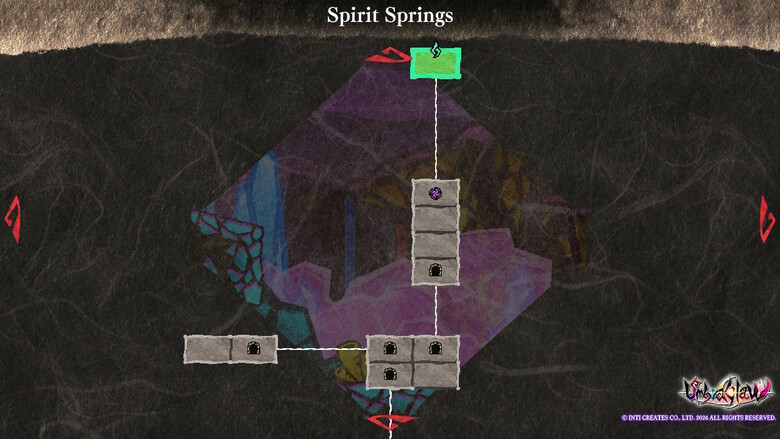
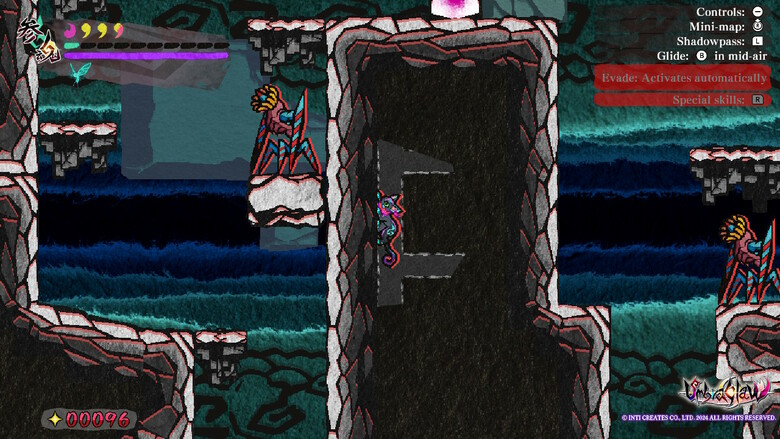
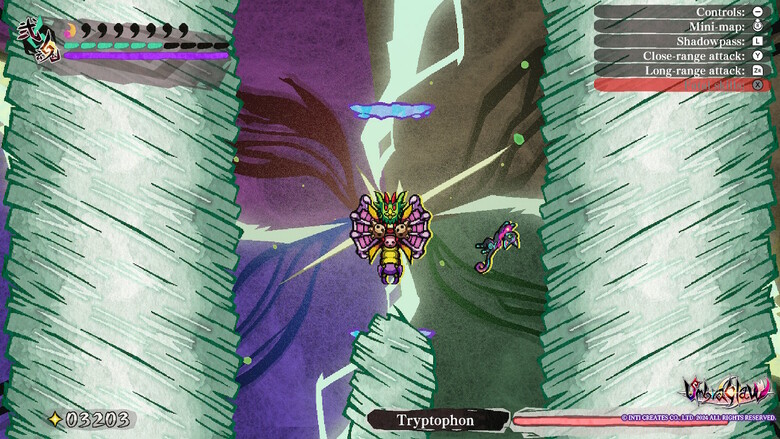

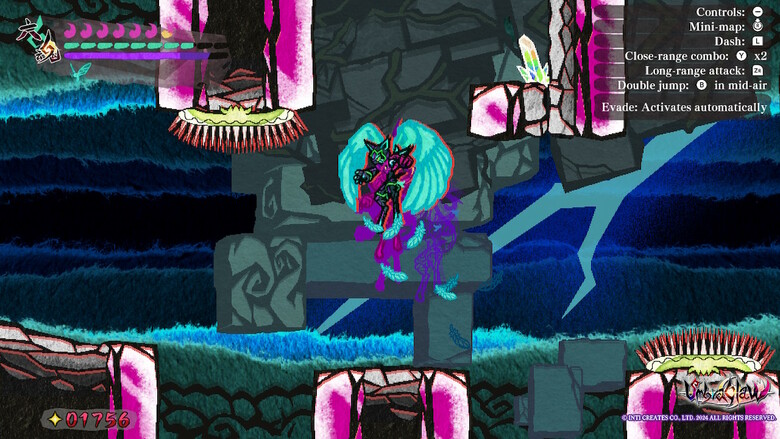
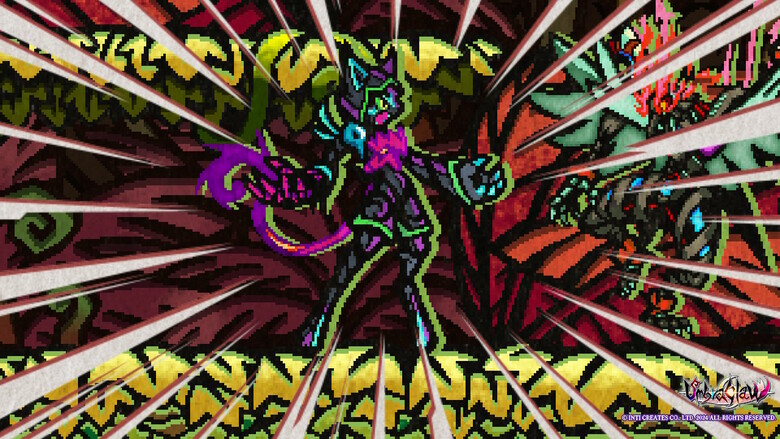
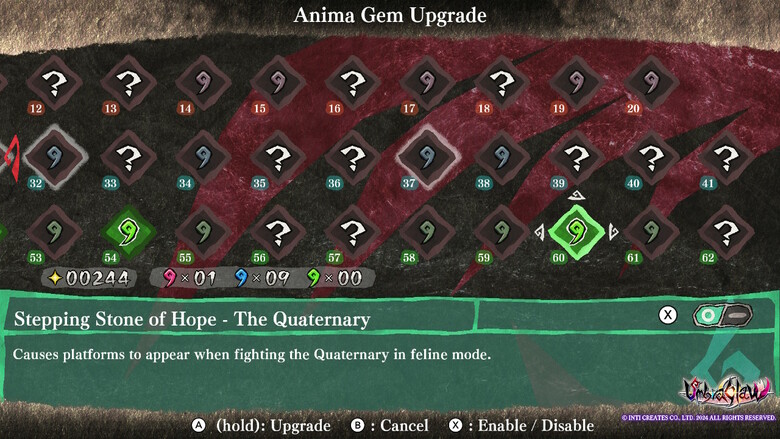
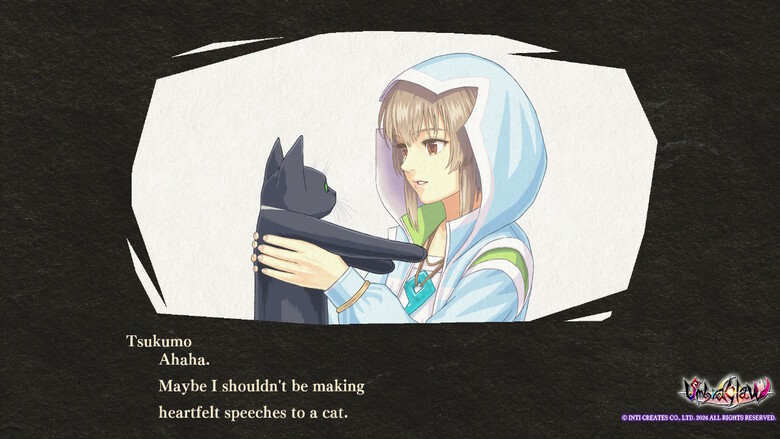
Comments (2)